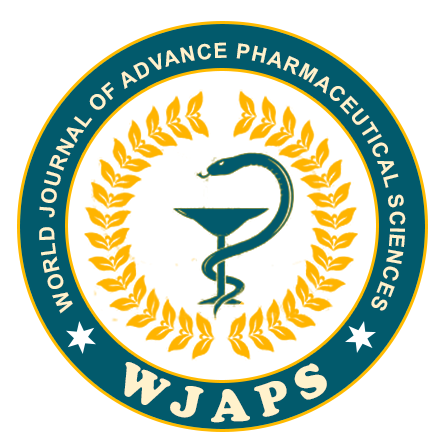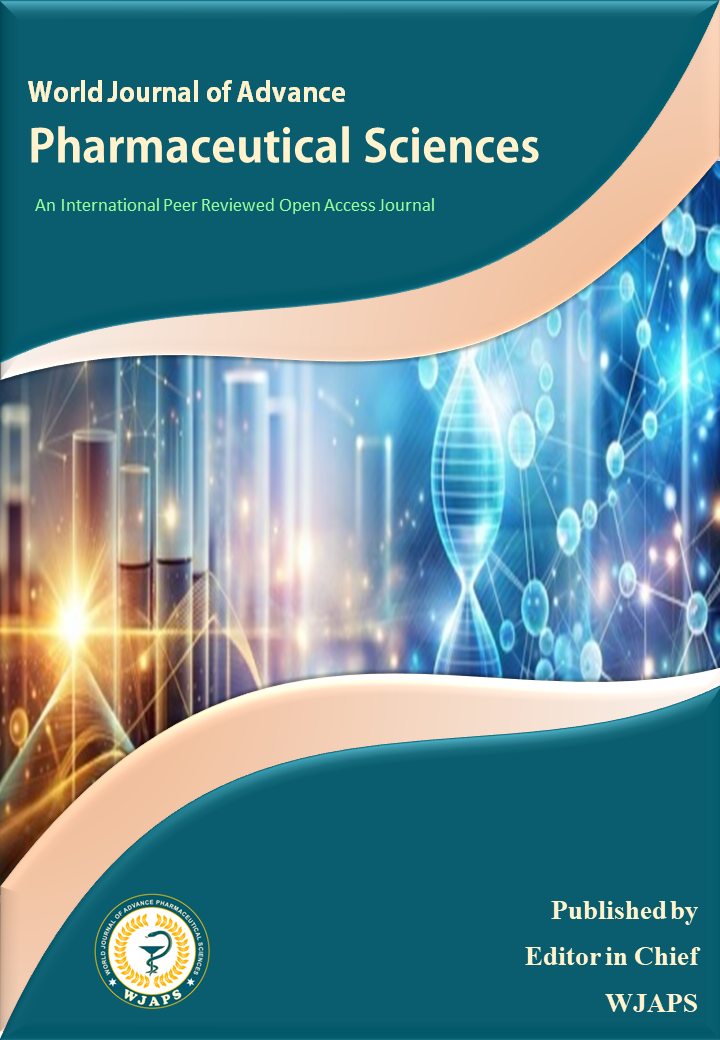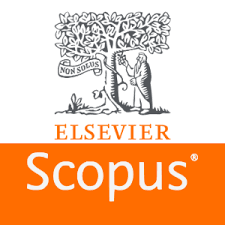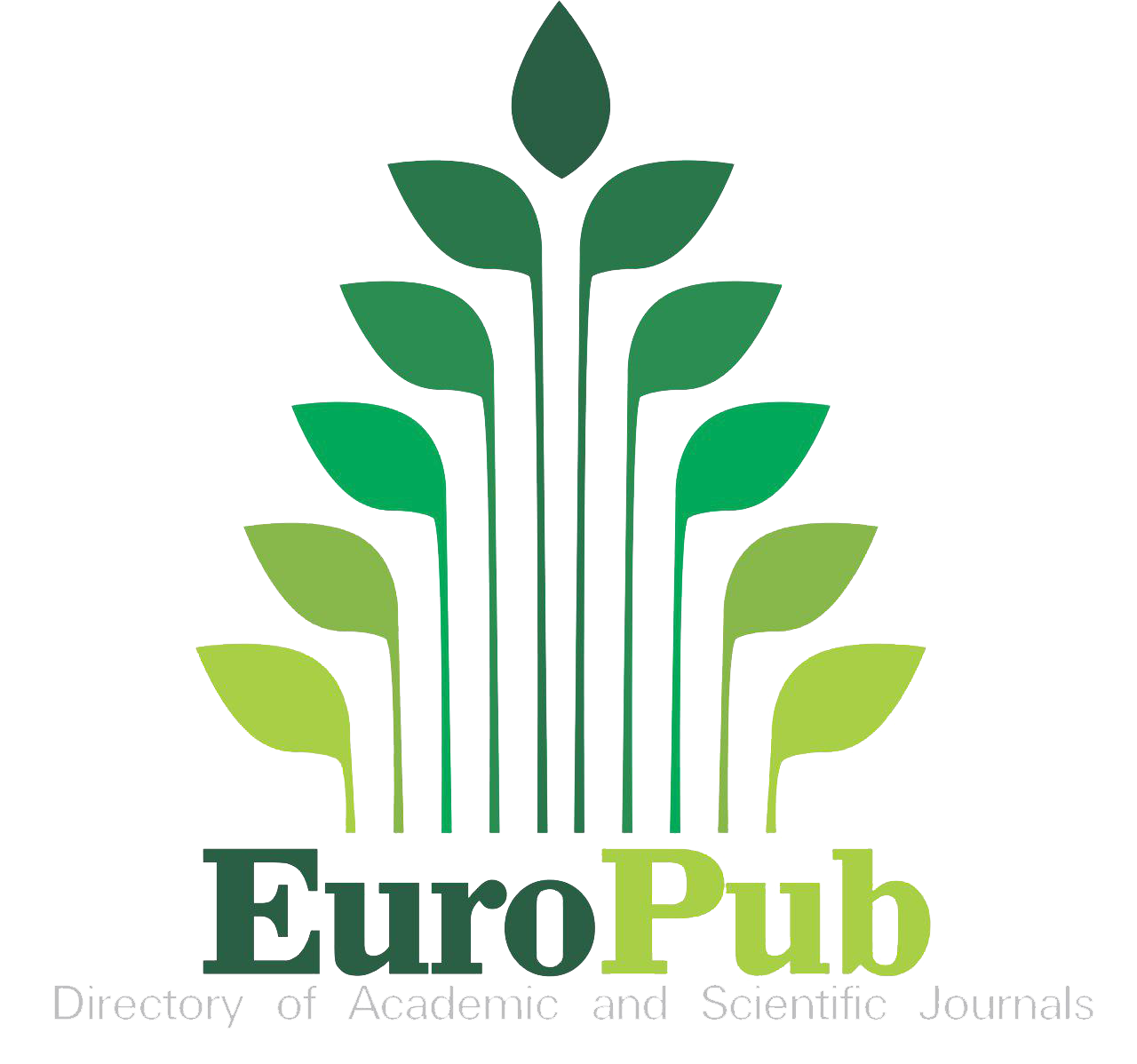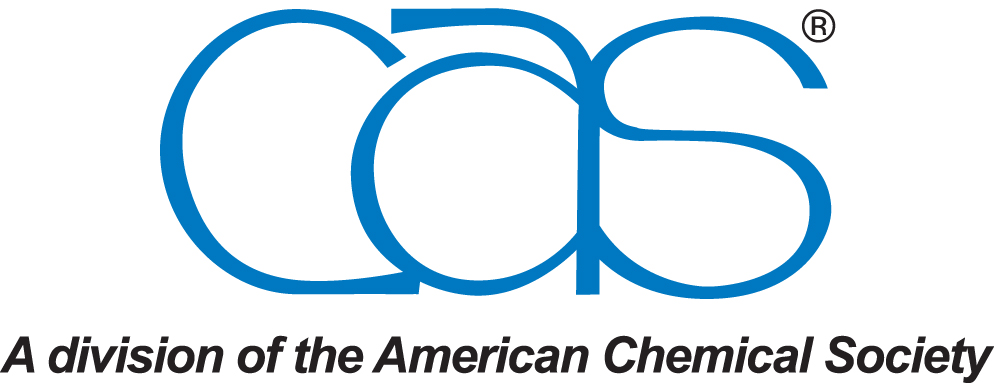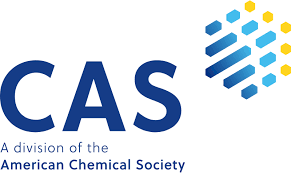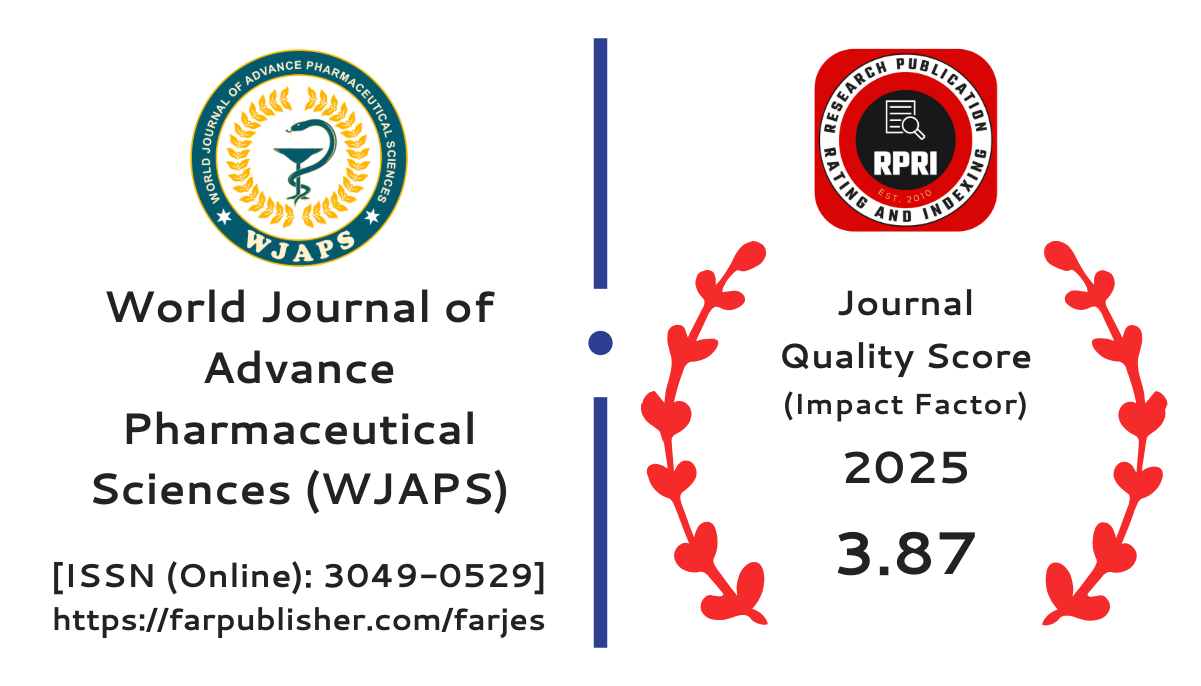ANTIMICROBIAL ACTIVITY, ISOLATION AND ELUCIDATION OF THE THREE NEW BIOACTIVE MOLECULES WERE DERIVED OF ISOBENZOFURO[4,5C]XANTHONE, FROM THE AERIAL PARTS OF CYMBOPOGON GIGANTEUS CHIOV VAR. MADAGASCARIENSIS (POACEAE)
Rajaonarson Lemandiny Emmanuel*, Ralaivaon-dratsitonta Jumael Fabrice, Tiandreny Hazara Jipaty, Fiatoa Barthelemy, Andrianarijaona Mamy, Fienena François Raymond and Fatiany Pierre Ruphin
In Madagascar, traditional medicine holds an important place in Malagasy society, thanks to its customs and rich biodiversity, particularly the endemicity of plants and their therapeutic virtues. Based on ethnobotanical data, a plant known by the vernacular name Verompoly (Sakalava name) and scientifically called Cymbopogon giganteus Chiov var. madagascariensis (Poaceae) is used by the local population to treat fever, infections and blood pressure problems. The results of biological screening tests show that the dichloromethane extract has very interesting antimicrobial activity. The aim of this study is to isolate the principles responsible for this plant's antibacterial activities. The application of bioguided fractionation methods, using the chromatography technique on dichloromethane extract followed by antimicrobial tests to locate products, enabled us to isolate three pure active ingredients noted ( CG-01, CG-02 and CG-03). The chemical structures of these three products have been elucidated using mass spectrometry and nuclear magnetic resonance spectroscopy (1D and 2D NMR). They are all attributed to Isobenzofuro-[4,5c]-Xanthone derivatives. The overall results of studies on this plant show that the empirical uses of Verompoly have been scientifically proven, and their active principles are attributed to new molecules included in the family of complexes phenolic compounds derived from Isobenzofuro-[4,5c]-Xanthone.
[get full article]